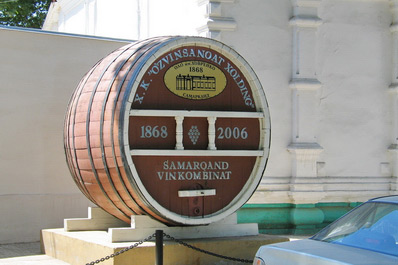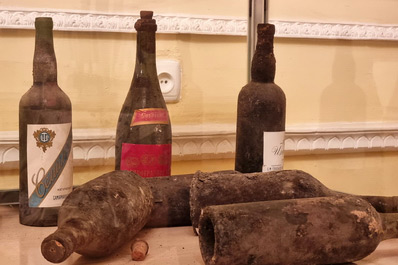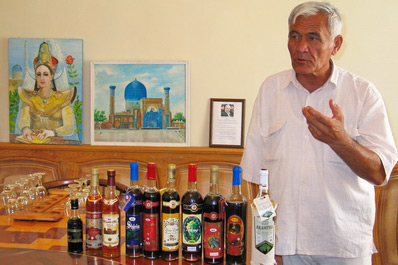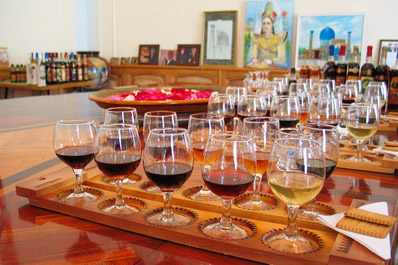Museum of Winemaking in Samarkand
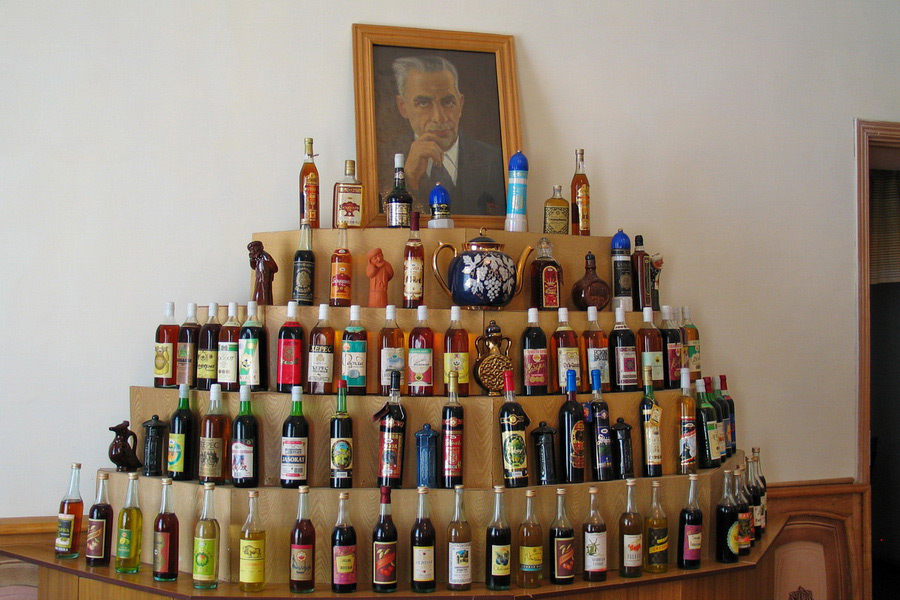
The Museum of Winemaking at the Khovrenko Winery in Samarkand is a place where rare exhibits are collected that witnessed the rapid development of winemaking on the territory of modern Uzbekistan more than 150 years ago. You can also participate in tasting of local wines and other beverages.
History of the Museum
The museum is located in the house of the Russian merchant Dmitry Filatov, who came to Samarkand in the 1860s. At that time, the production of alcoholic beverages in Uzbekistan was limited, mainly due to the religious prohibition of alcohol in the Muslim world. However, Russian soldiers stationed in Samarkand created a demand for these goods. Recognizing this opportunity, the enterprising Filatov began producing alcoholic beverages, initially purchasing grapes from local farmers and producing wine through a relatively simple process that appealed to the Russian soldiers.
Filatov's ventures soon expanded as he acquired land to cultivate local grape varieties and imported vines from other countries, including Europe. He hired experienced grape growers and winemakers, and his production facility quickly gained a reputation as one of the best in the Russian Empire. Filatov showcased his products at domestic and international exhibitions, consistently winning awards and bringing silver and gold medals back to Samarkand. In total, "Filatov's" wines and other alcoholic beverages received over 20 awards, some of which can still be seen in the museum's exhibition hall.
There are different accounts of Filatov's fate. One version says that in the early years of Soviet power, Filatov was forced to flee to France, leaving his vineyard behind. Another version says that he died in Samarkand, although his grave has not been identified. Regardless, Samarkand's wine and cognac production was eventually overseen by Professor Mikhail Khovrenko, a chemist and winemaker who became a central figure in the winery's legacy. Today, the winery bears his name and continues its storied history.
Under Khovrenko's leadership, several new wine varieties were created, many of which are still popular today, such as "Farhad and Shirin", "Gulya-Kandoz", "Uzbekiston" and "Aleatico". In 1967, hidden cellars were discovered on the winery grounds, containing about 3,700 bottles, which Filatov presumably kept for future use. These were found along with an inventory book with details of the stored wines.
Museum Exhibition and Wine Tasting
The Museum of Winemaking at the Khovrenko Winery in Samarkand offers an interesting experience even for those who are not particularly interested in alcoholic beverages. Inside, visitors can see the tools used in the 19th century for growing grapes, making wine, and producing barrels. The museum's artifacts include labels of wines and cognacs from the Russian Empire, bottles made especially for the factory, historical photographs, and replicas of wines discovered in Filatov's hidden cellars.
After exploring the museum's collection, guests are invited to a special tasting room where they can sample a variety of wines and other beverages produced at the winery. This tasting provides a memorable conclusion to the museum tour and gives visitors a taste of Samarkand's winemaking heritage.


